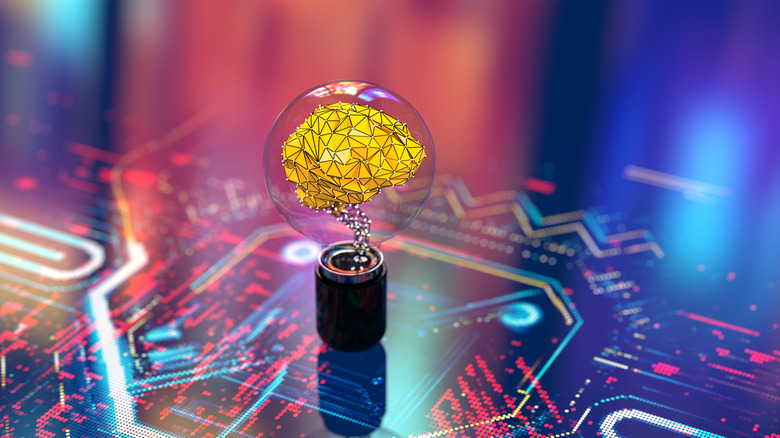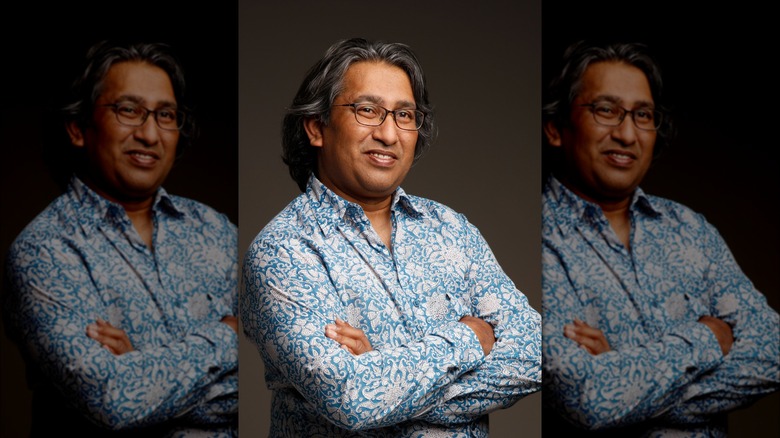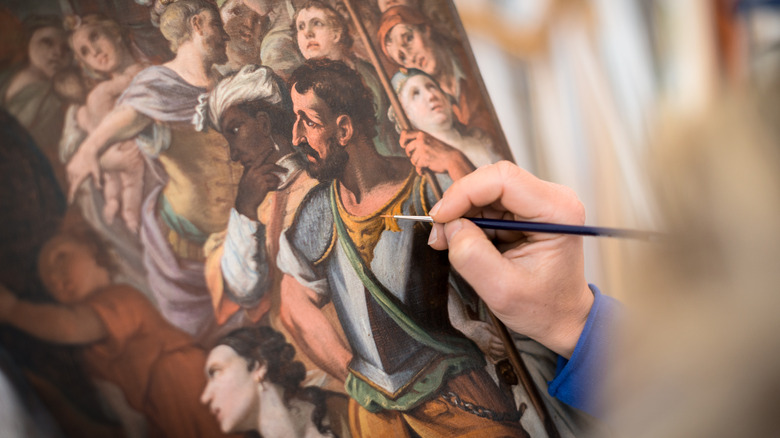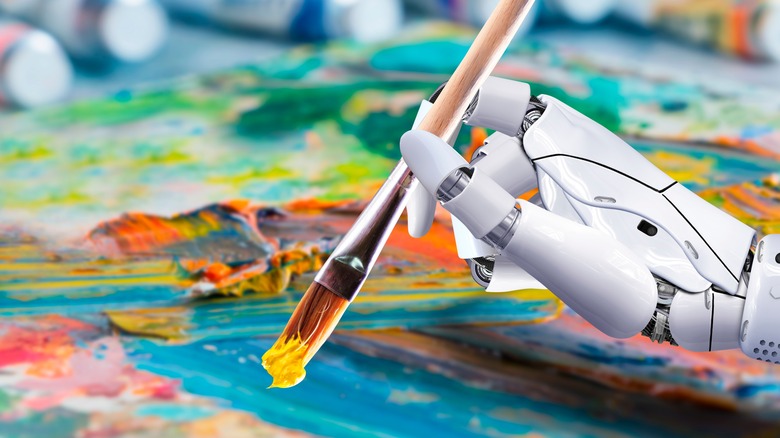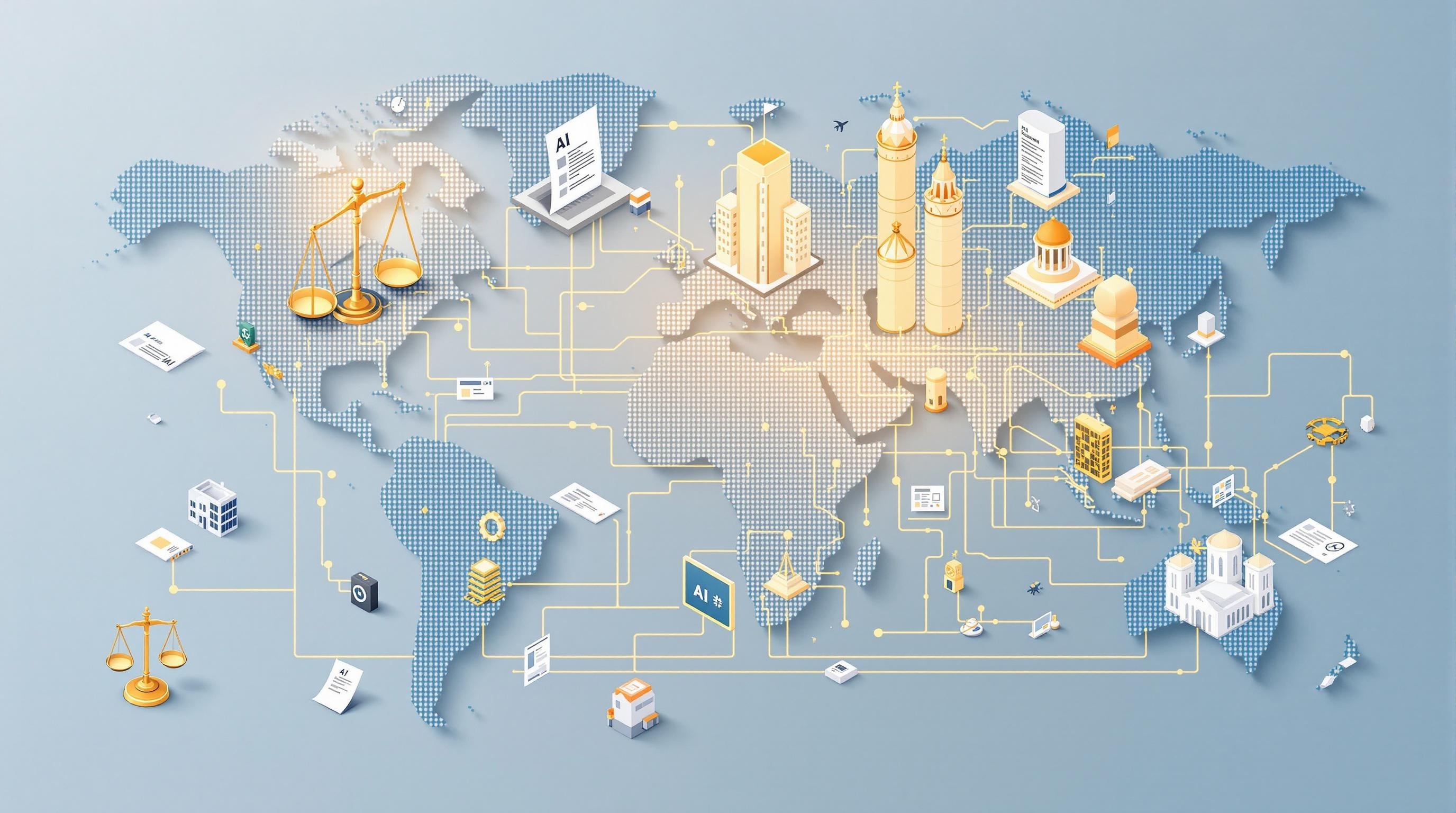Of all AI’s uses, none is as controversial as its ability to generate images. The internet is home to numerous AI image generators that can create pictures quickly and at little cost (some are even free). These online services are ideal for people who want to create concepts that give viewers a general idea of their vision, but far too many unscrupulous people have tried to illicitly profit off AI “art” – since AI lacks imagination and creativity, its creations can’t be defined as true art. Just look no further than Etsy, which has fallen prey to hustlers selling AI art.
AI’s ability to quickly churn out pictures in a variety of styles has resulted in numerous veritable witch hunts. Many internet sentries are quick to raise the alarms if they suspect someone has used AI to create an image on an art forum, which has resulted in some unfortunate false accusations. This trigger-happy headhunting, combined with AI images winning art contests, has raised a question pertinent to artists and art critics: Do AI and machine learning have a future place in the art world?
To answer this puzzle, SlashGear asked an expert for their opinion. The result paints an intriguing picture.
Who We Contacted
The second someone implemented an AI image generation program, they opened Pandora’s Box (or Pandora’s Jar for mythology purists). Every artist spends much of their life honing their craft, and few are ever recognized for their hard work and talents, let alone profit from them. AI, meanwhile, did what Ian Malcolm accused John Hammond of doing in “Jurassic Park”: It didn’t earn the knowledge for itself. The same can be said for many who try to profit off AI “art.” Using AI can be quite an ethical dilemma, so we turned to an AI ethics expert.
For this article, we asked Was Rahman for his opinion. Rahman has over 30 years of experience aiding companies in AI usage, big data, and other digital technologies. Much of his work has revolved around how these tools affect peoples’ lives. Rahman has advised UK and Indian politicians on technology industry policies, and he is considered a UK Government IT sector specialist.
Rahman has written several books on AI, including “AI & Machine Learning” and “How Big Data Influences What We (Think) We Know.” He is also the CEO of AI Prescience, a doctoral researcher at Coventry University in Coventry, England, and a visiting researcher at the Center for Science and Thought at the University of Excellence in Bonn, Germany. Much of Rahman’s work has revolved around the “unfairness arising from the widespread use of AI in business decision-making, with a focus on ethics and governance.”
AI Could Become Another Brush for Artists
The definition of “art” is difficult to nail down because the artist’s toolbox expands as technology advances. Humans have come a long way from making stencils on cave walls with just our hands and ochre (earth colored by iron oxide). Nowadays, computer programs let people sketch and paint images without ever picking up a brush. These apps have been accepted as legitimate artists’ tools, and AI may be next.
According to Was Rahman, quite a few artists have used AI art programs – or Generative Adversarial Networks (GAN) as he called them – to produce pieces of art. Moreover, these algorithms lower the bar of entry for many amateur artists. However, even though users can start by typing prompts into AI programs, a lack of creativity will produce equally unimaginative results. To echo the moral of the movie “Ratatouille”: “Not everyone can become a great artist, but a great artist can come from anywhere.”
In Rahman’s eyes, even when someone uses an AI “art” program, they are still bringing unique perspectives and creativity to the table. The GAN isn’t an artist but just another tool for artists. Possibly the most technologically advanced tool currently available, but a tool nonetheless. Rahman saw parallels between the controversy behind using AI illustration apps and early computer-generated image (CGI) programs. Many people criticized the latter when it was used for movies, but today awards are given to those who excel in using CGI in film. The programs themselves are not celebrated, but the creativity and talent of the people behind them.
While Rahman understands why so many people hate AI “art” and the programs that create them, he sees AI as nothing more than a digital paintbrush.
AI Could Restore What Was Lost to Time and Humidity
Nothing is built to last, not even the stuff we create to last as long as possible. Everything eventually degrades, especially art, and many people make careers and hobbies out of restoring timeworn items. AI could provide a useful second pair of eyes during the process.
Was Rahman pointed out that machine learning has served a vital role in art restoration by figuring out the most likely missing pieces that need replacing. Consider the exorcism scene in “Invincible;” Machine learning cuts down on the time-consuming, mind-numbing work human restorers have to carry out. To be fair, machine learning is technically different from AI, but it is also a subset of AI, so since we can use machine learning in art restoration, it stands to reason we could use AI, too.
Rahman also stated machine learning helps guide art restorers and is generally more accurate than prior techniques. More importantly, Rahman believes AI programs assigned to art restoration could prevent botched attempts that are the product of human error – or when someone’s pride exceeds their talent. Rahman cited the disastrous event when a furniture restorer forever disfigured Bartolomé Esteban Murillo’s Immaculate Conception, but that is far from the only case where an AI could come in handy. After all, someone once tried restoring Elias Garcia Martinez’ Ecce Homo fresco and accidentally birthed what is colloquially known as “Monkey Christ.”
While a steady hand and preternatural skill are necessary to rekindle the glory of an old painting or sculpture, Rahman believes AI could provide a guiding hand that improves the result’s quality, provided the restorer already knows what they’re doing.
True AI Art Might Be a When, Not an If, but Not for a While
In the story of Pandora’s Box/Jar, when the titular Pandora opens her container, it unleashes untold evils upon mankind, but hope also escapes with them. The story teaches that the evils never went away; humans learned to live with them thanks to hope – and that nobody should ever mess with Zeus. Like the evils within Pandora’s Box/Jar, AI “art” programs are the new normal. However, Was Rahman is confident that won’t be an issue.
Rahman ended his chat by comparing the development of art tools — AI included — to the evolution of color palettes. According to Rahman, during caveman times, our ancestors had maybe six colors to work with, and each ancient civilization added its own pigments. Plus, the Renaissance period introduced its own “sophistication of colors.” While some Renaissance artists accepted the improved palette of the time, plenty stuck to the older ones, viewing them as more “pure.” Rahman sees the current ongoing AI controversy in the same light. In Rahman’s own words, “Both can take on as much of a role that an artist is happy about. But just because one artist embraces a bigger role for the new art technology than another doesn’t mean either is necessarily more ‘right’ or ‘wrong’.”
Rahman views handing AI programs the reins on many art projects as an inevitability. However, he is sure humanity will adapt to that new normal. There will be growing pains, but we will persevere as always. Plus, while AI might one day dominate the digital art domain, Rahman is confident humans will still rule the world of non-digital art. After all, Roombas can clean kitchen floors, but you need your own two hands to vacuum stairs and wipe down toilets. The same applies to AI’s art applications.
Source: http://www.slashgear.com/1563247/ethics-machine-learning-generative-art-ai/
 intell
intell